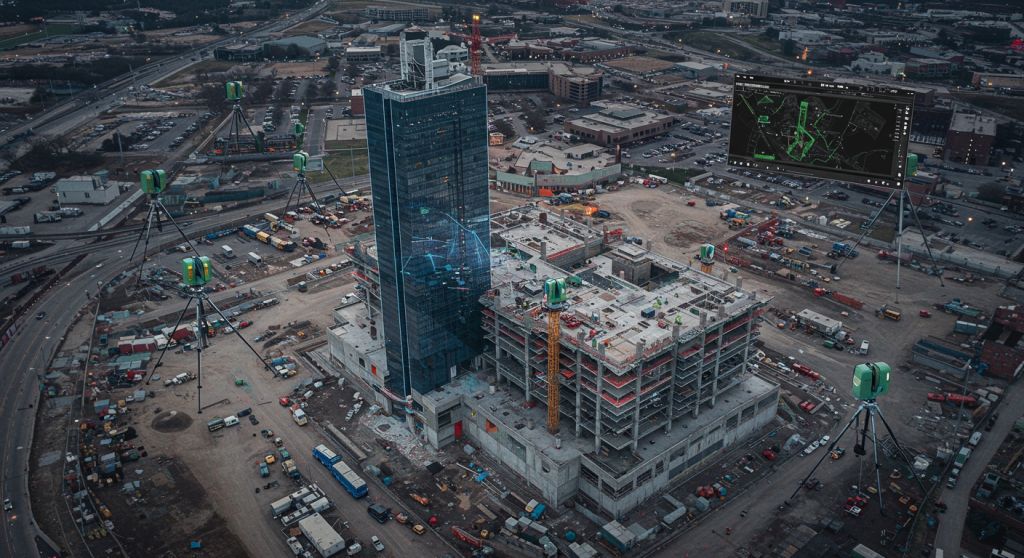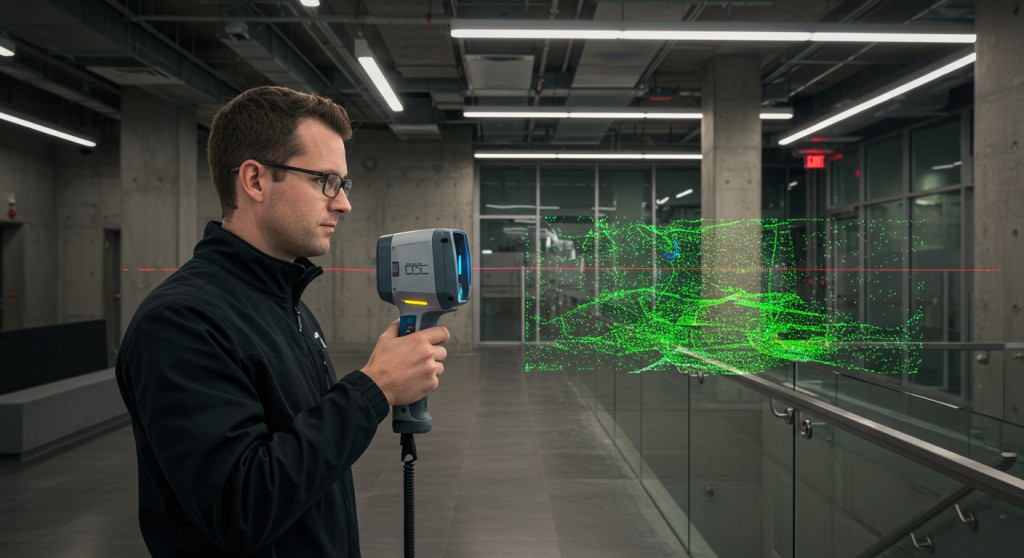3D Laser Scanning: A Dallas Revolution
Revolutionizing Industries in Dallas
Reality IMT Inc is spearheading a revolution in 3D laser scanning technology across Dallas. By harnessing the power of advanced 3D scanning equipment and software, they are able to capture highly detailed and accurate 3D models of physical objects and environments. This cutting-edge capability is transforming industries ranging from construction and manufacturing to entertainment and healthcare. Businesses are leveraging these precise digital representations to optimize designs, streamline workflows, conduct virtual inspections, create immersive experiences, and more - all while saving time and reducing costs compared to traditional manual methods. As Reality IMT's innovative solutions gain traction throughout the region, they are helping propel Dallas into a new era of precision-driven advancement empowered by 3D laser scanning technology.
In effect this means that Reality IMT Inc's mastery of 3D laser scanning is catalyzing a technological renaissance within key sectors of the Dallas economy. The ability to efficiently generate faithful digital twins of real-world assets opens up exciting new possibilities for productivity gains, enhanced decision-making based on data-rich visualizations, accelerated innovation cycles, improved safety protocols through remote monitoring capabilities, among many other compelling benefits. With its expertise at the forefront of this burgeoning field locally as well as nationally - positioning itself not just as another service provider but rather as an indispensable partner capable delivering unparalleled value propositions tailored specifically towards meeting each client's unique needs with customized solutions leveraging state-of-the-art tools & techniques available today in modern engineering practices worldwide!


